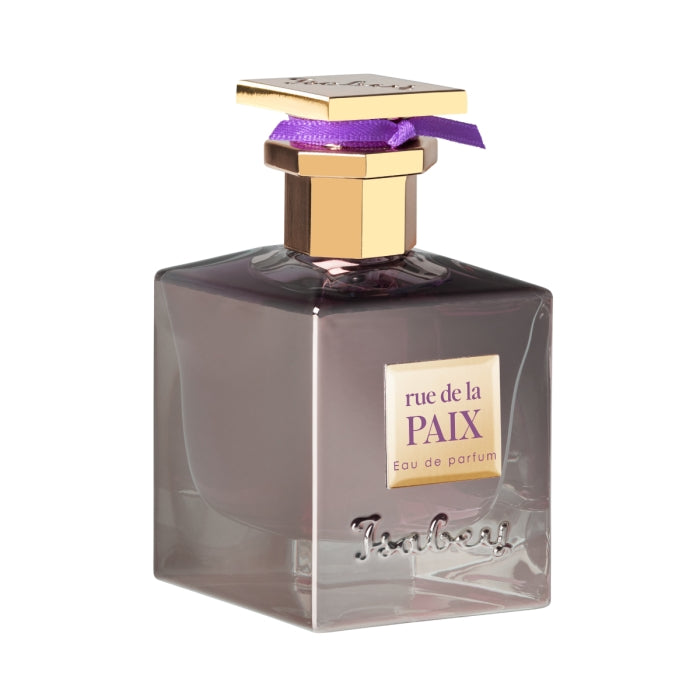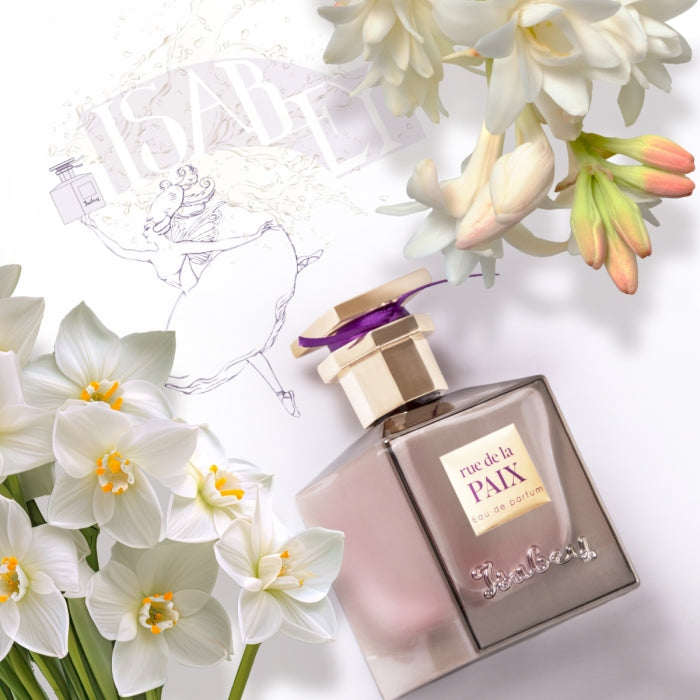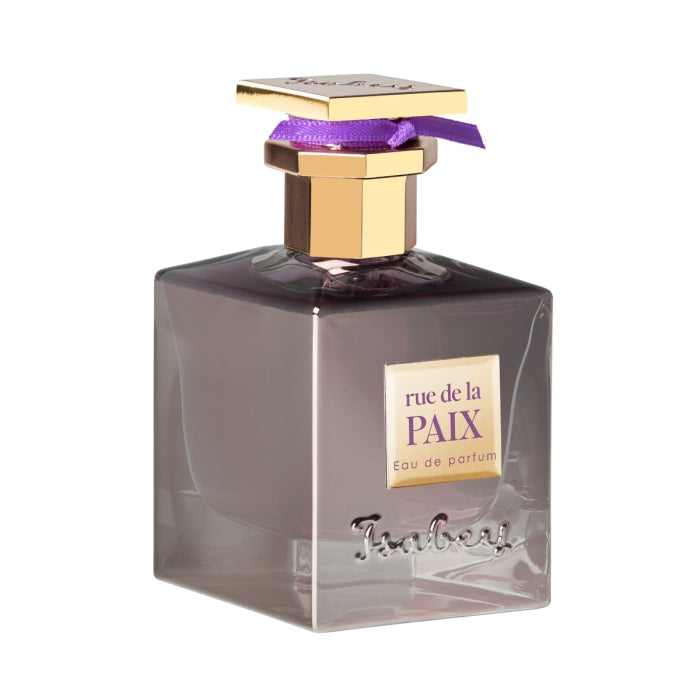

Isabey - Rue de la Paix
Rue de la Paix pays homage to Isabey's illustrious heritage and combines enchanting notes that are both chic and modern. The fragrance is a masterful composition of precious materials, with a bold bouquet of white flowers including narcissus, tuberose, lily and jasmine. The perfume opens with a juicy, realistic peach note that adds a modern twist to the classic floral arrangement. This initial burst is followed by a sensual heart of intense floral notes that gradually give way to a rich, woody base with a hint of papyrus.
‘The fragrance combines the most beautiful flowers with a playful and modern touch of peach, reminiscent of a sparkling glass of champagne. Its refined sillage pays homage to the floral notes of the 1920s, leaving a sophisticated impression reminiscent of an arm full of petals that seduces and enchants.’ – Patrice Revillard, perfumer
- Regular price
- 139,00 €
- Sale price
- 139,00 €
- Regular price
-
- Unit price
- 2,780.00 € / 1 l
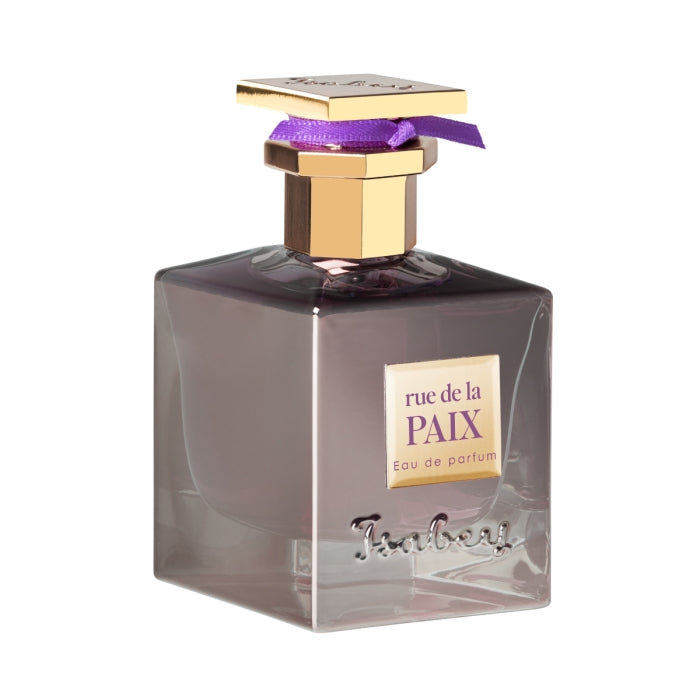
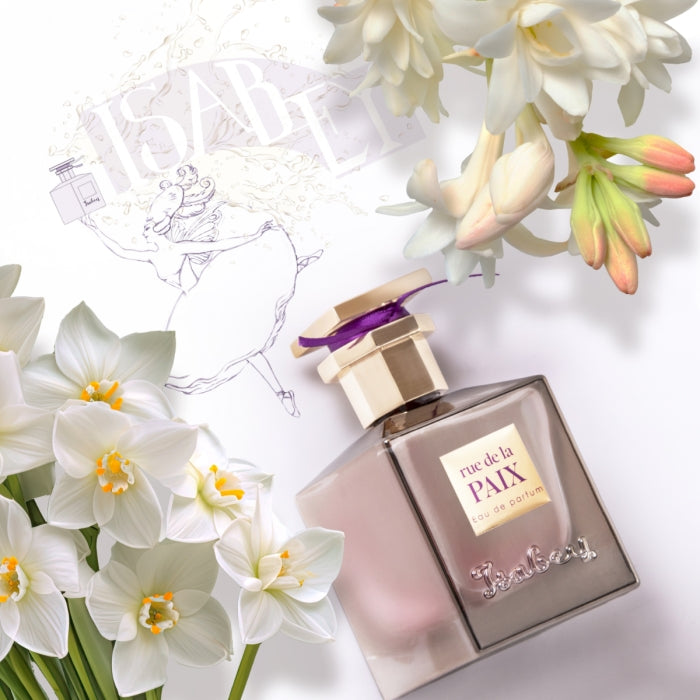
Mehr über Isabey
The history of Parfums Isabey began on 1 February 1924 in Paris with the ‘Société Parisienne d'Essences rares et de Parfums’, translated as the Parisian Society for Rare Essences and Perfumes, founded by Maurice Loewe. Just a few months later, in May 1924, he opened his first shop at number 20 on the prestigious Rue de la Paix in Paris, under the name Isabey, inspired by the romantic painter. The company, which from then on was known exclusively as Isabey, enjoyed great success in the '20s, and its products became must-haves of the era. A highlight in the company's history was the gold medal for perfumes awarded to Isabey's bestseller Gardénia at the “Exposition internationale des Arts Décoratifs et industriels modernes”, the Art Deco hotbed par excellence. It was not only the fragrance that caused a sensation at the time, but also the presentation of the product in a special bottle designed by Julien Viard, the god of bottle design, whose mouth-blown glass with an iridescent lacquer finish gave it the appearance of a pearl.
The Second World War in 1941 meant the end of the perfume house for the time being. However, in 2006, the perfumery company Panouge revived both the Gardénia fragrance and the later Bleu de Chine, which is now available under the new name Fleur Nocturne. It is no exaggeration to say that a piece of cultural history that was thought to be lost has been rescued from oblivion, and a classic that has lost none of its appeal is now enjoying a renaissance.

